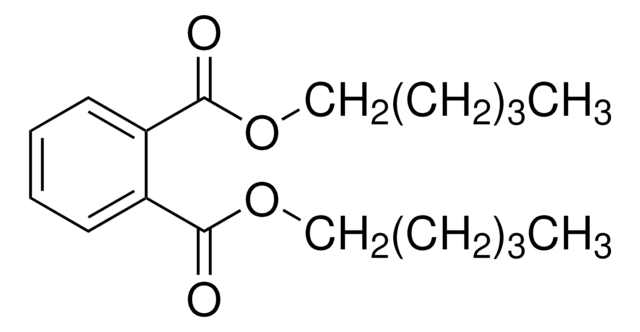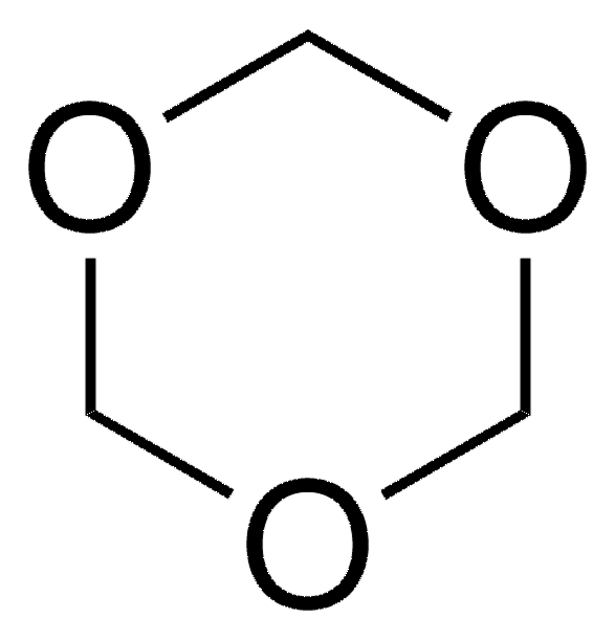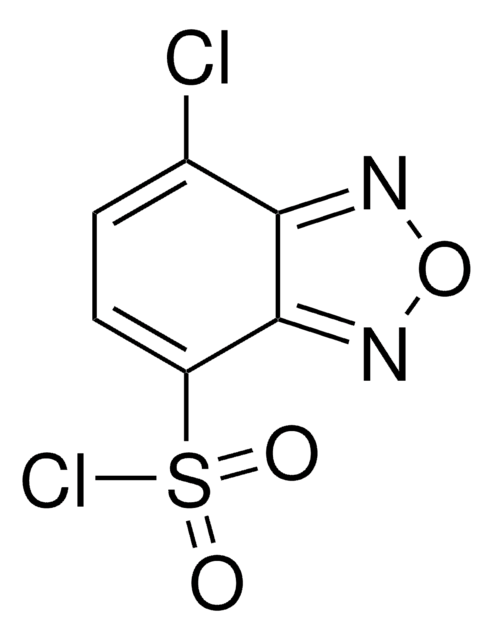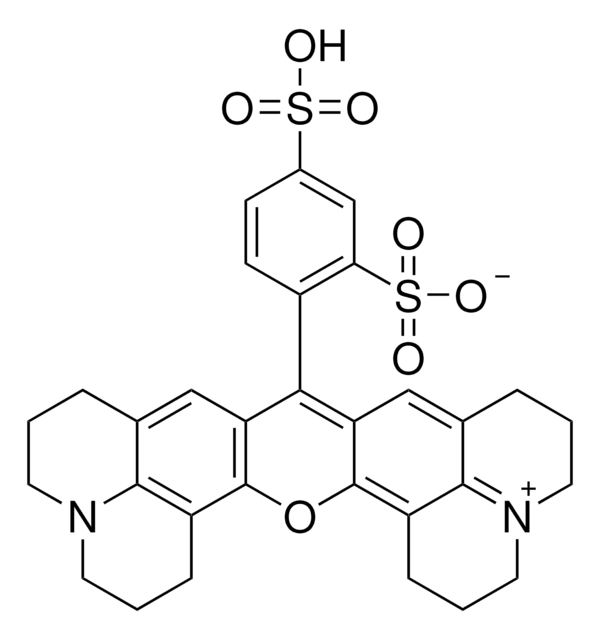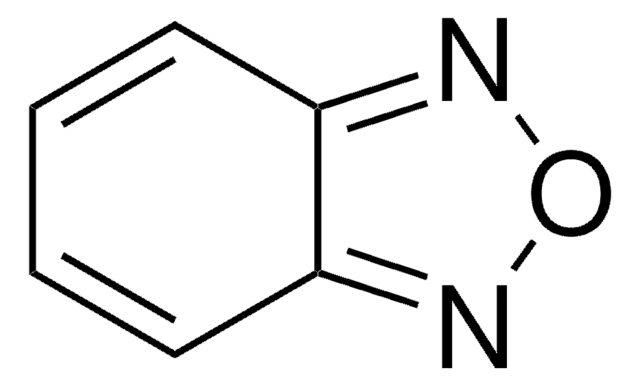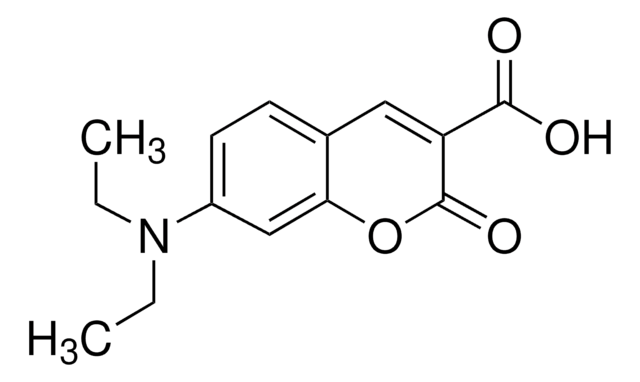72964
6-(7-Nitrobenzofurazan-4-ylamino)hexanoic acid
suitable for fluorescence
Sinónimos:
6-(7-Nitro-2,1,3-benzoxadiazol-4-ylamino)hexanoic acid
About This Item
Productos recomendados
Ensayo
≥96.0% (HPLC)
Nivel de calidad
Formulario
powder
fluorescencia
λex 466 nm; λem 535 nm in methanol
idoneidad
suitable for fluorescence
cadena SMILES
OC(=O)CCCCCNc1ccc([N+]([O-])=O)c2nonc12
InChI
1S/C12H14N4O5/c17-10(18)4-2-1-3-7-13-8-5-6-9(16(19)20)12-11(8)14-21-15-12/h5-6,13H,1-4,7H2,(H,17,18)
Clave InChI
DJFNQJJTTPMBIL-UHFFFAOYSA-N
Otras notas
Palabra de señalización
Danger
Frases de peligro
Clasificaciones de peligro
Acute Tox. 3 Oral - Eye Irrit. 2 - Skin Irrit. 2 - STOT SE 3
Órganos de actuación
Respiratory system
Código de clase de almacenamiento
6.1C - Combustible, acute toxic Cat.3 / toxic compounds or compounds which causing chronic effects
Clase de riesgo para el agua (WGK)
WGK 3
Punto de inflamabilidad (°F)
Not applicable
Punto de inflamabilidad (°C)
Not applicable
Equipo de protección personal
Eyeshields, Faceshields, Gloves, type P2 (EN 143) respirator cartridges
Elija entre una de las versiones más recientes:
¿Ya tiene este producto?
Encuentre la documentación para los productos que ha comprado recientemente en la Biblioteca de documentos.
Los clientes también vieron
Artículos
Nitric oxide (NO) as a signal transporter in neurons, endothelial cells and in the immune system.
Nuestro equipo de científicos tiene experiencia en todas las áreas de investigación: Ciencias de la vida, Ciencia de los materiales, Síntesis química, Cromatografía, Analítica y muchas otras.
Póngase en contacto con el Servicio técnico
